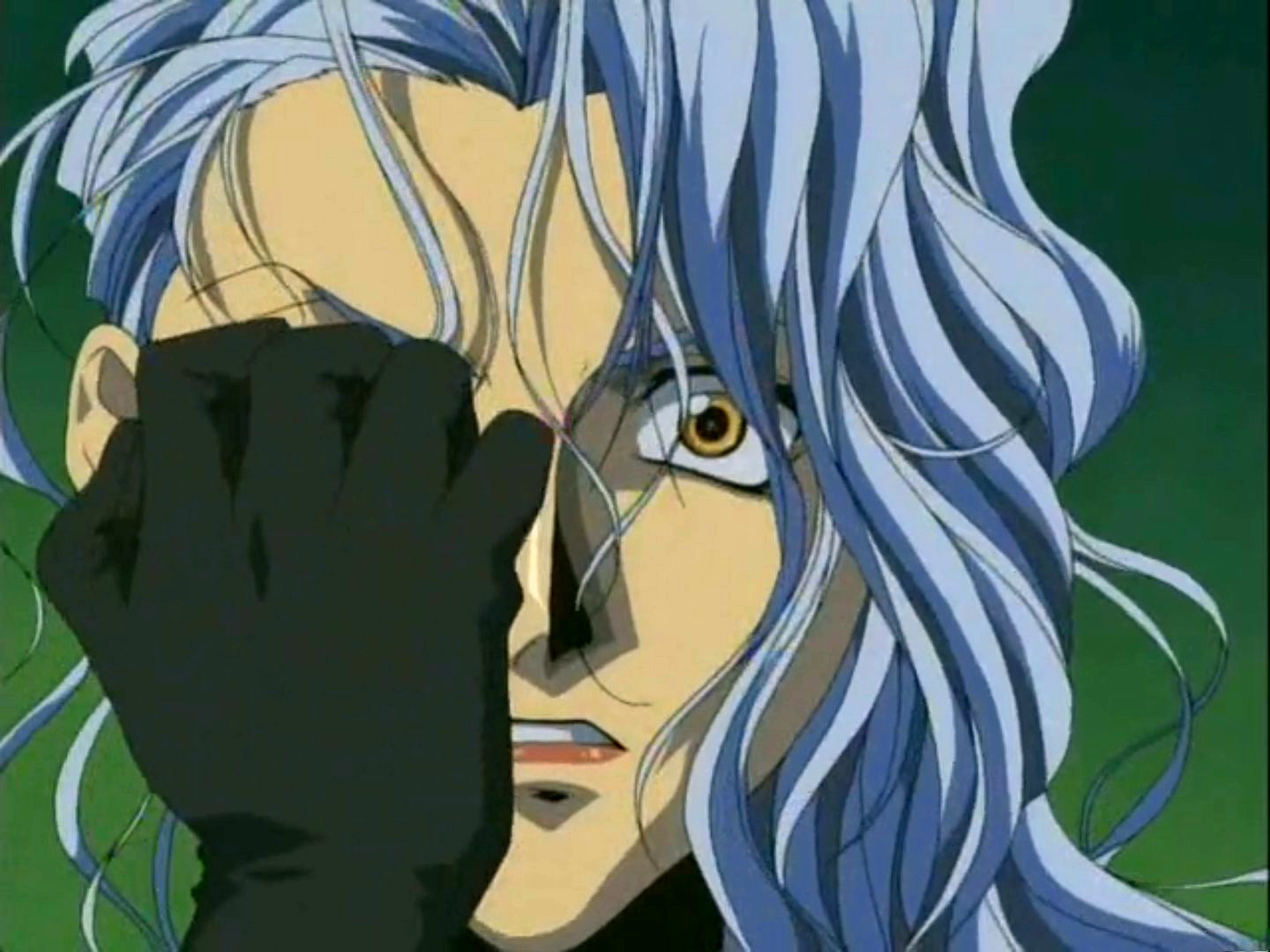Angel Sanctuary
Anime can uniquely captivate people positively and negatively and can inspire or create controversy. As a long-time anime fan, I appreciate that it often pushes boundaries and challenges what's considered acceptable. Over the years, anime has brought joy and confusion and even sparked heated debates on social media platforms like Twitter and Reddit. This review will likely continue the trend of pushing the boundaries of what's considered acceptable or unacceptable in the world of anime.
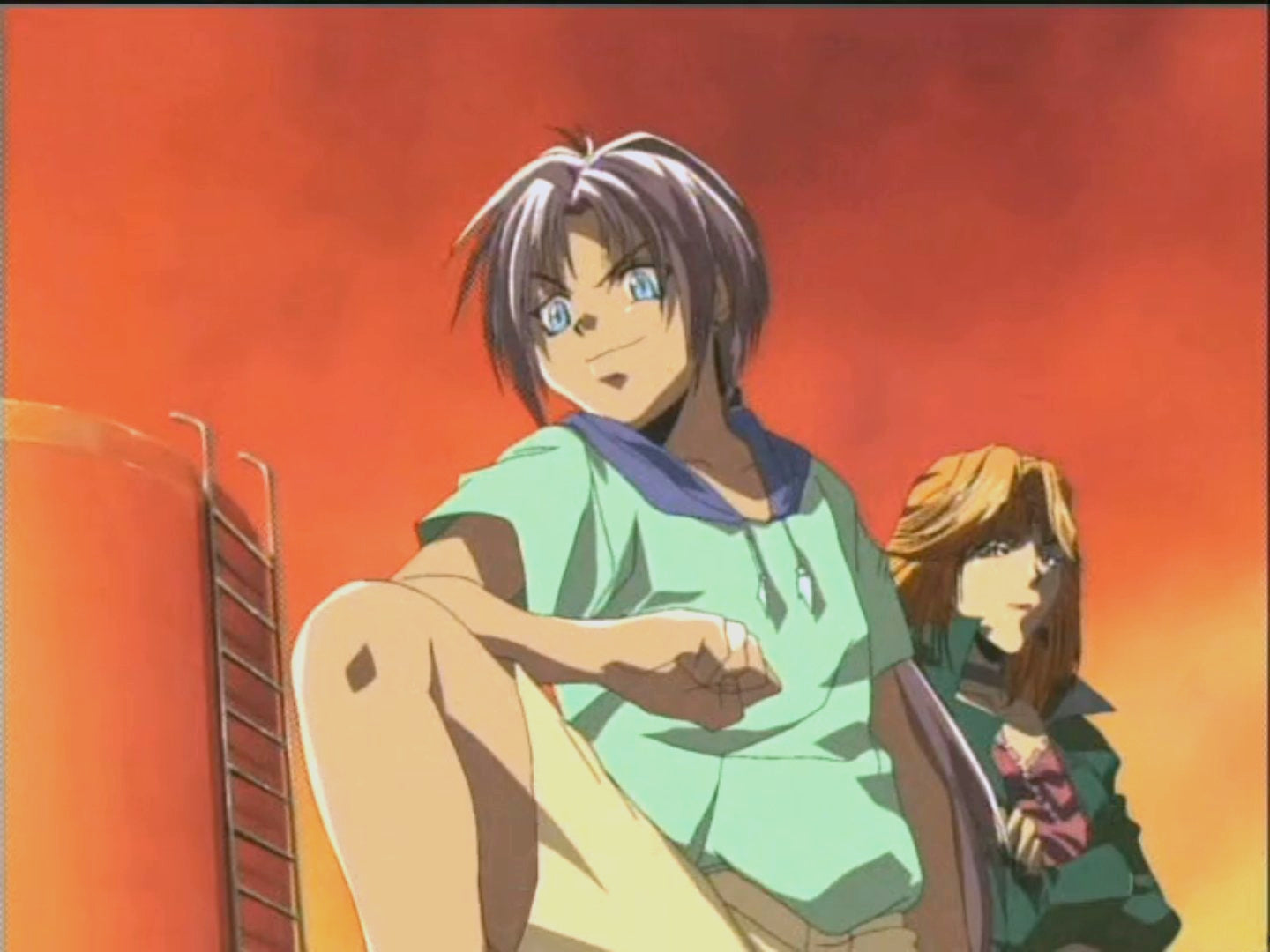
Angel Sanctuary, also known as Tenshi Kinryouku, is a three-episode OVA that aired from May 25, 2000, to August 25, 2000. In collaboration with Hal Film Maker, a lesser-known studio that has produced notable works like Princess Tutu, DearS, and the classic "Skip Beat," Bandai Visual, Lantis, and Audio Tanaka created the anime. The anime features action, drama, romance, and supernatural genres, with themes of reincarnation, angels, demons, and incest aimed at the Shoujo demographic. Each episode lasts 29 minutes, and the anime received an R+ rating for mild nudity and objectionable content.
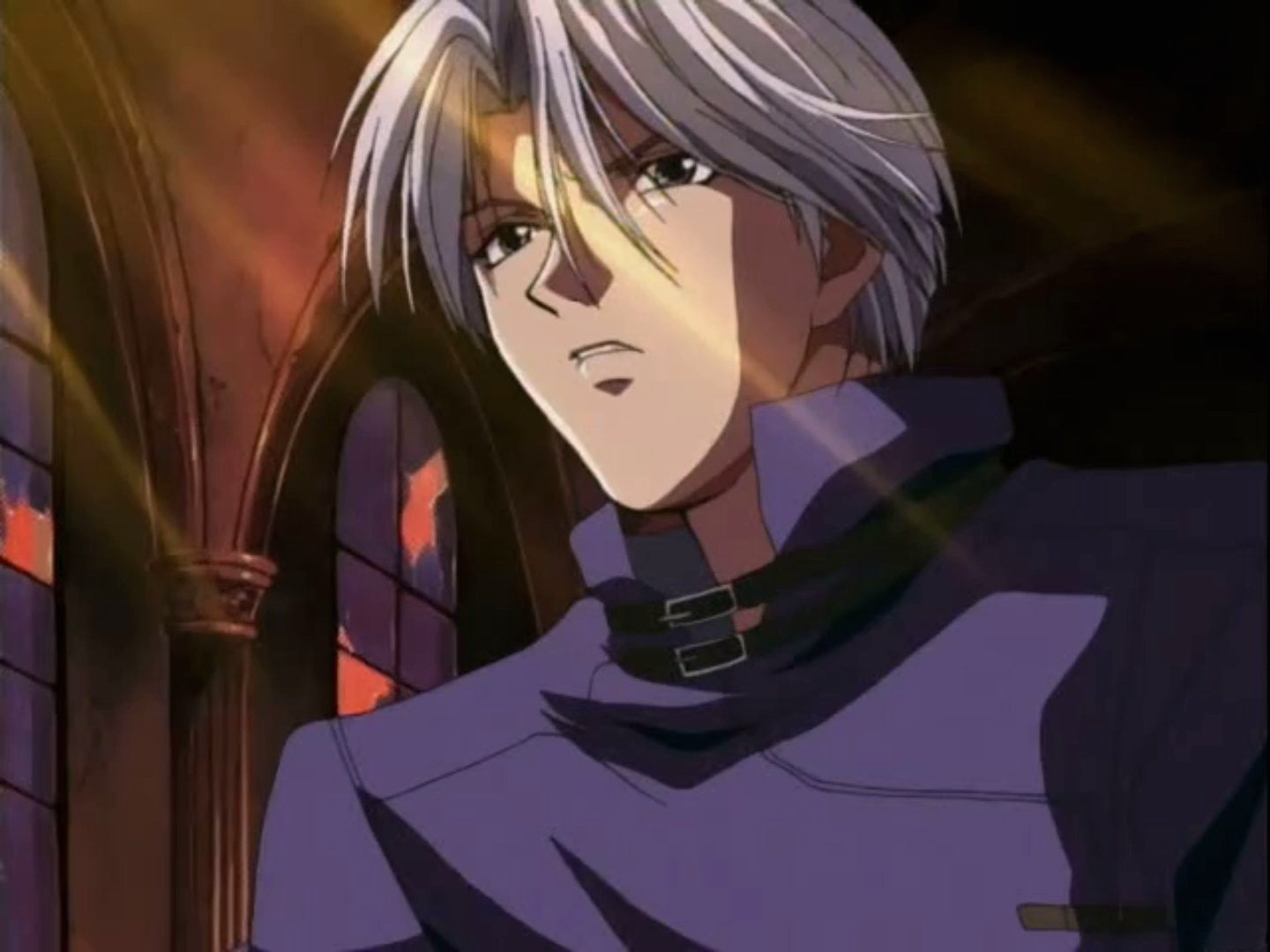
Tenshi Kinryouku is an anime series based on the manga of the same name by Kaori Yuki. Director Kiyoko Sayama, composer Mayori Sekijima, and character designer Shuichi Shimamura brought the series to life. The manga was serialized in the shōjo manga magazine Hana to Yume from July 1994 to November 2000, with 120 chapters collected and published in twenty bound volumes by Hakusensha from February 1995 to February 2001. From February 2004 to June 2007, Viz Media released an English-language translation of the manga in North America. Additionally, Angel Sanctuary, as the series is also known, was adapted into a series of drama CDs published from December 1999 to September 2001.
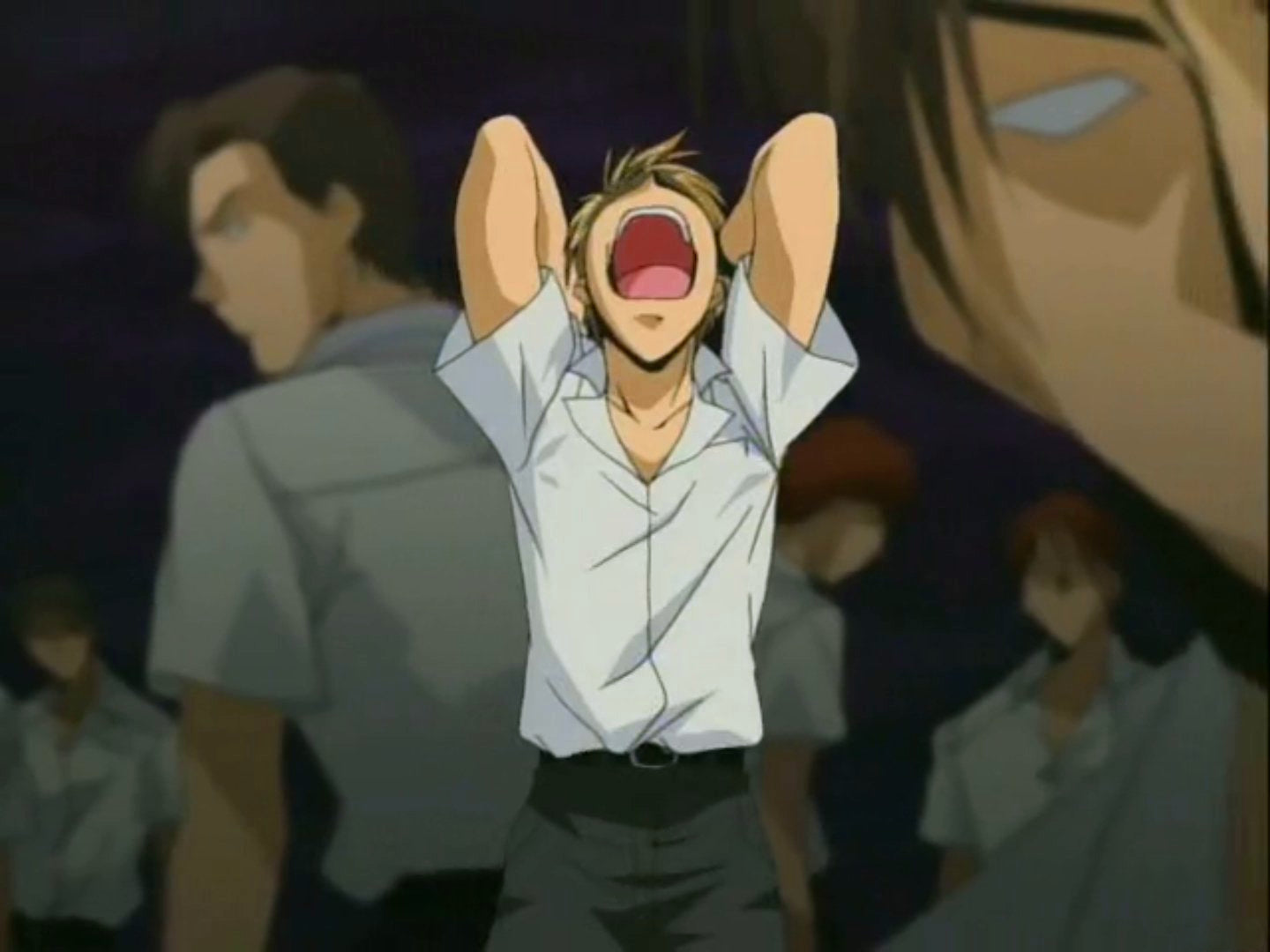
Angel Sanctuary is now available on Tubi (dubbed) in the United States, courtesy of that fantastic company, Media Blasters. Awakening, "Encounter," and "Regeneration" are the three episodes that make up the OVA. Thai anime isn’t for the easily offended, and for disclosure, I will hold little back.
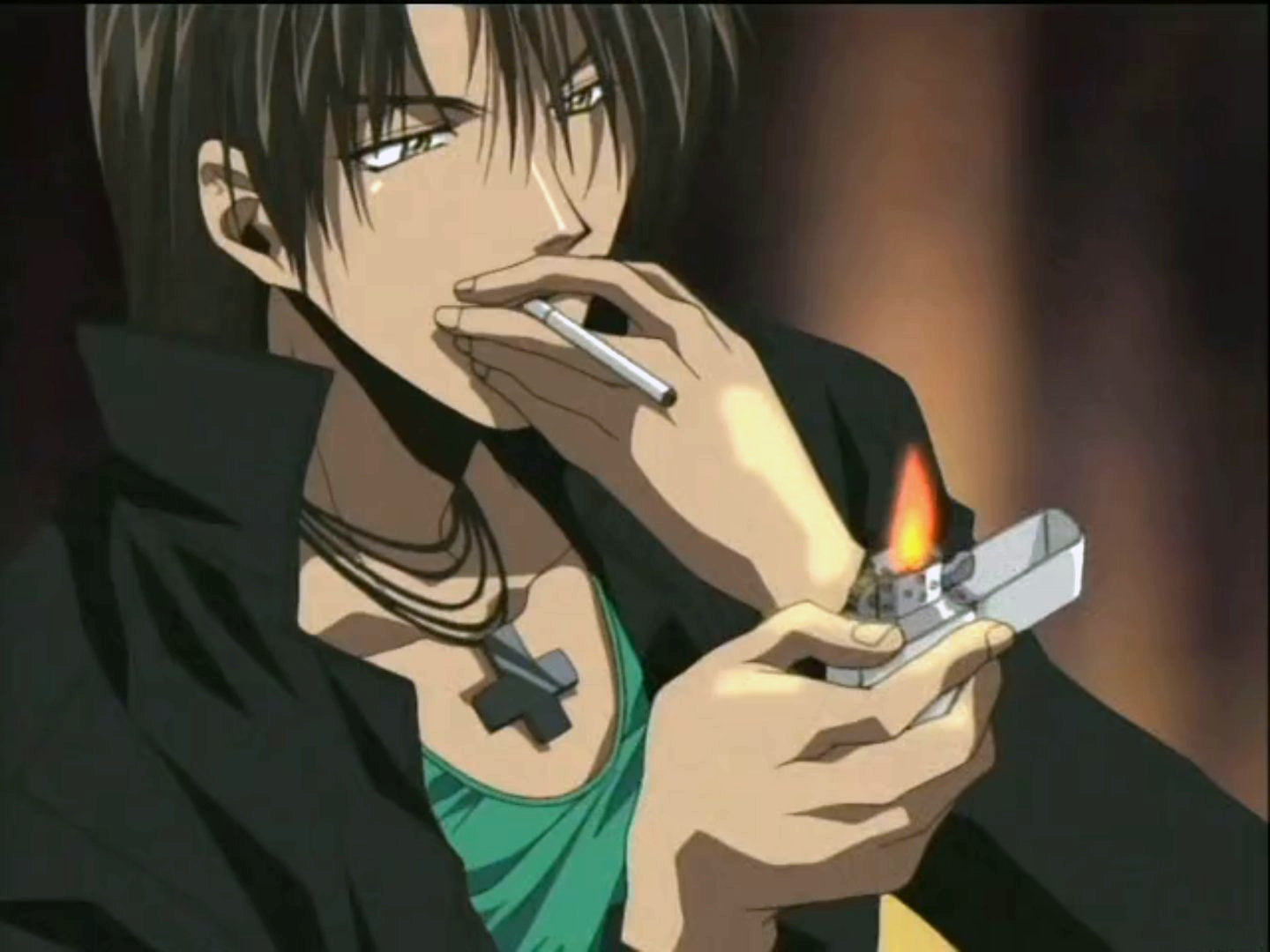
With a limited runtime, it's only prudent that the viewer get pulled in as quickly as possible, which is usually in the throws of action. The series opens with Setsuna Mudo, our main person of interest, about to get his clock cleaned. The reasons are initially unknown, as unbeknownst to his pursuers, Setsuna is hiding a great power that, had his sister Sara not intervened, there would have been three potentially dead assailants under the Tokyo sun.
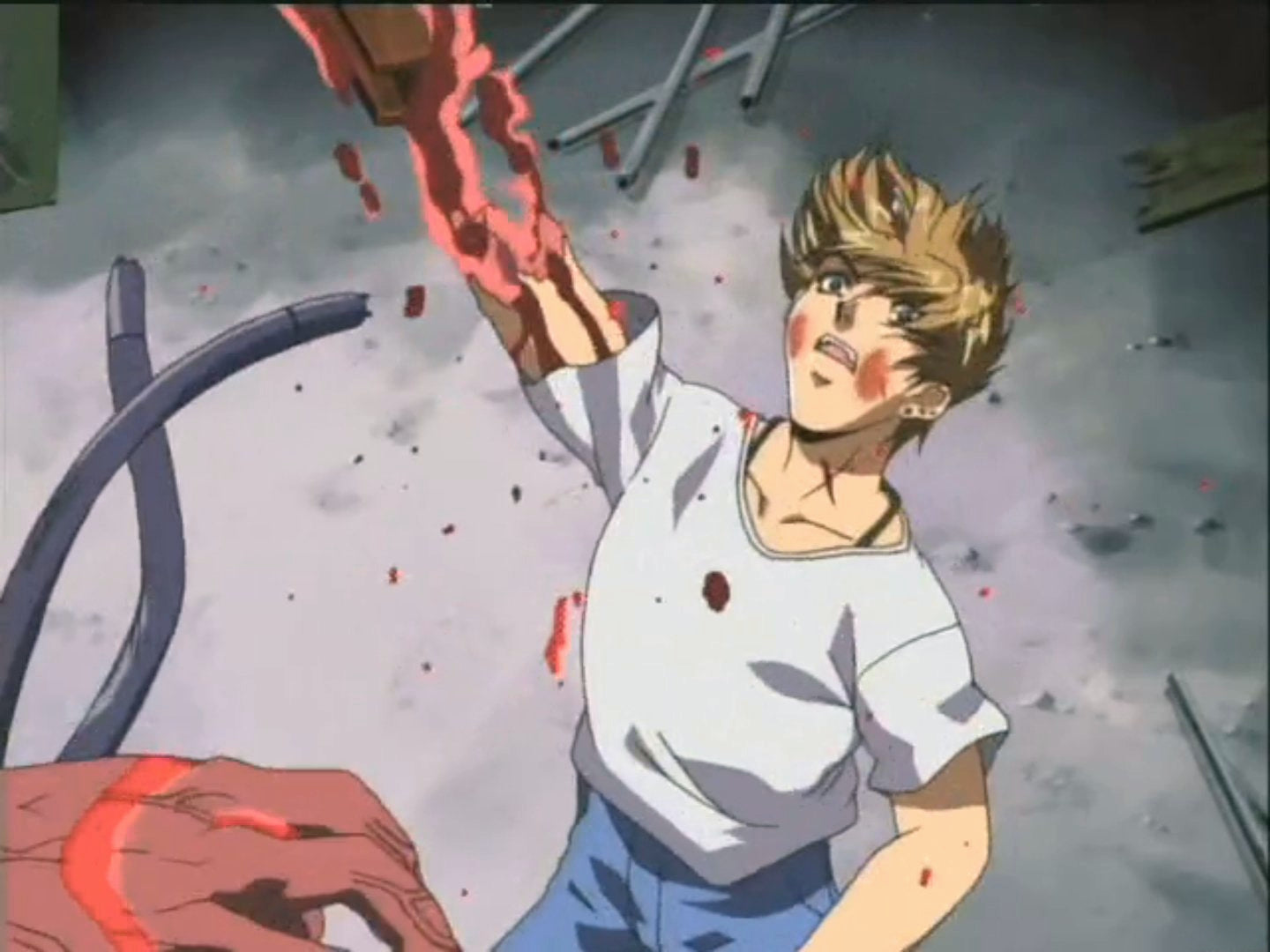
Sara is the one who keeps his powers in check, which means he gets his tail kicked until the resident cool guy, slash gang member, and man of wisdom and mystery named Kira shows up to intervene on his behalf. Kira is fully aware of Setsuna's first secret, his romantic love for his sister, and warns our protagonist to look elsewhere. Kira even brings this truth out of Setsuna each time he flirts with his sister. Setsuna's second secret, even unknown to him, is the overarching blanket of this story.
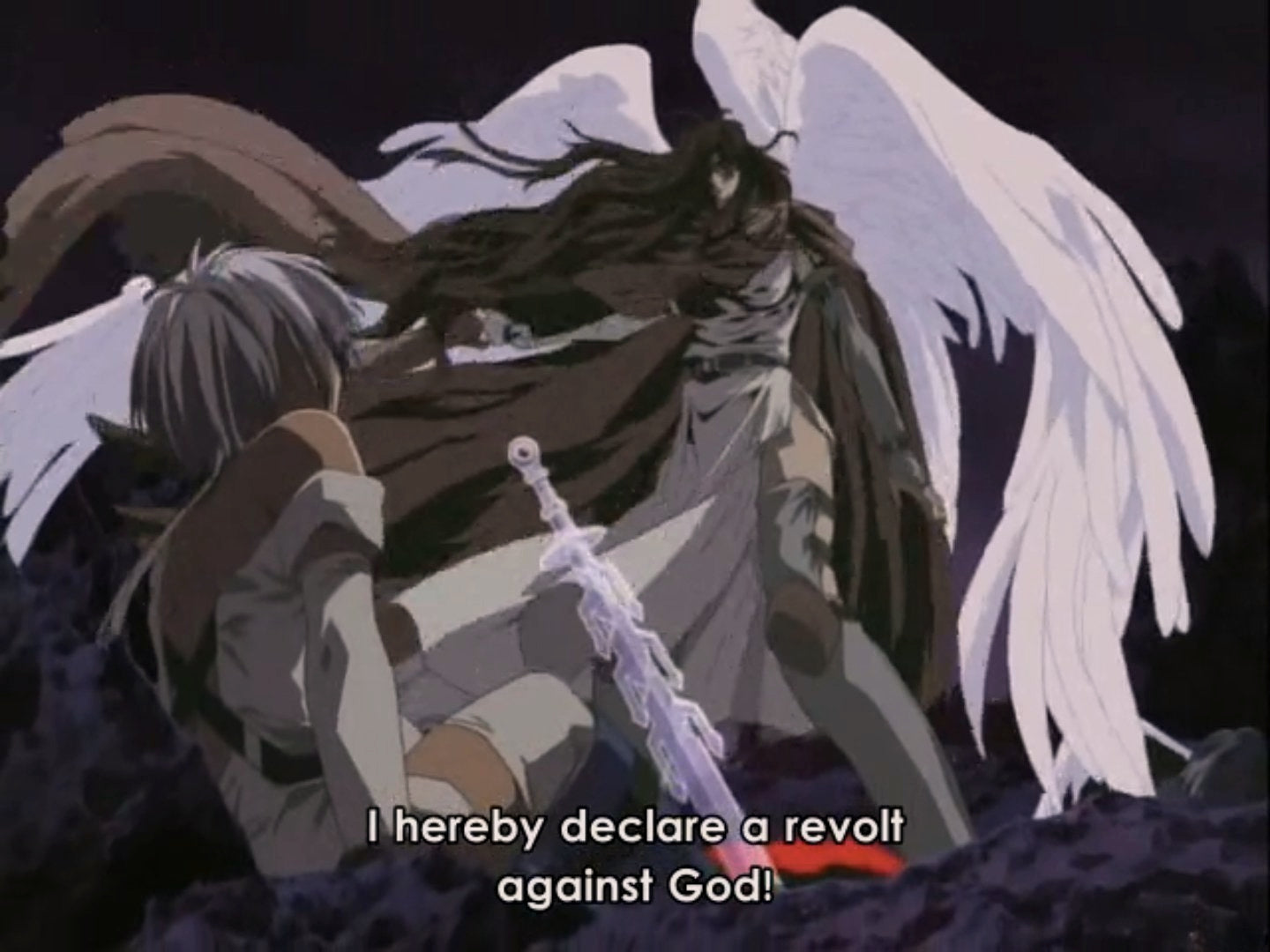
Imagine a world in which God is asleep and angels and demons, similar to Greek mythology, share the exact nature of humans and can act as such. Angels considered beacons of holiness are riddled with hubris and nature, not unlike their fallen brother Lucifer. They now war amongst themselves and care less about humanity and even less about the demons they crush underfoot.
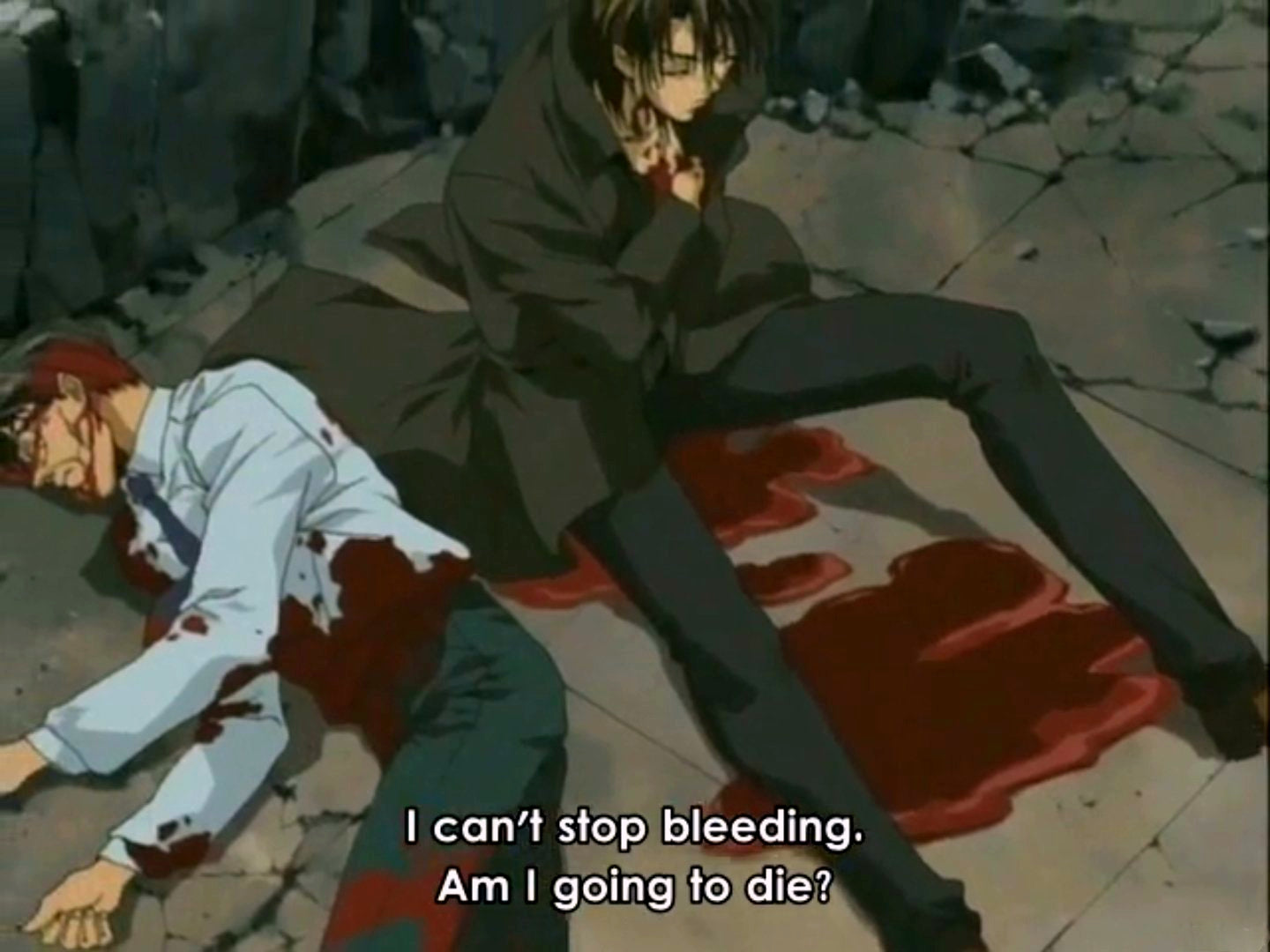
The angels have become like humans, loving and given to love instead of loving the one who created them. Alexiel was one such angel who rebelled against God, siding with the demons whose home, Gehenna, found itself destroyed by angels and humans. For her punishment, she was encased in Crystal to be reincarnated again and again, the humans she resides in living lives of endless sorrow.
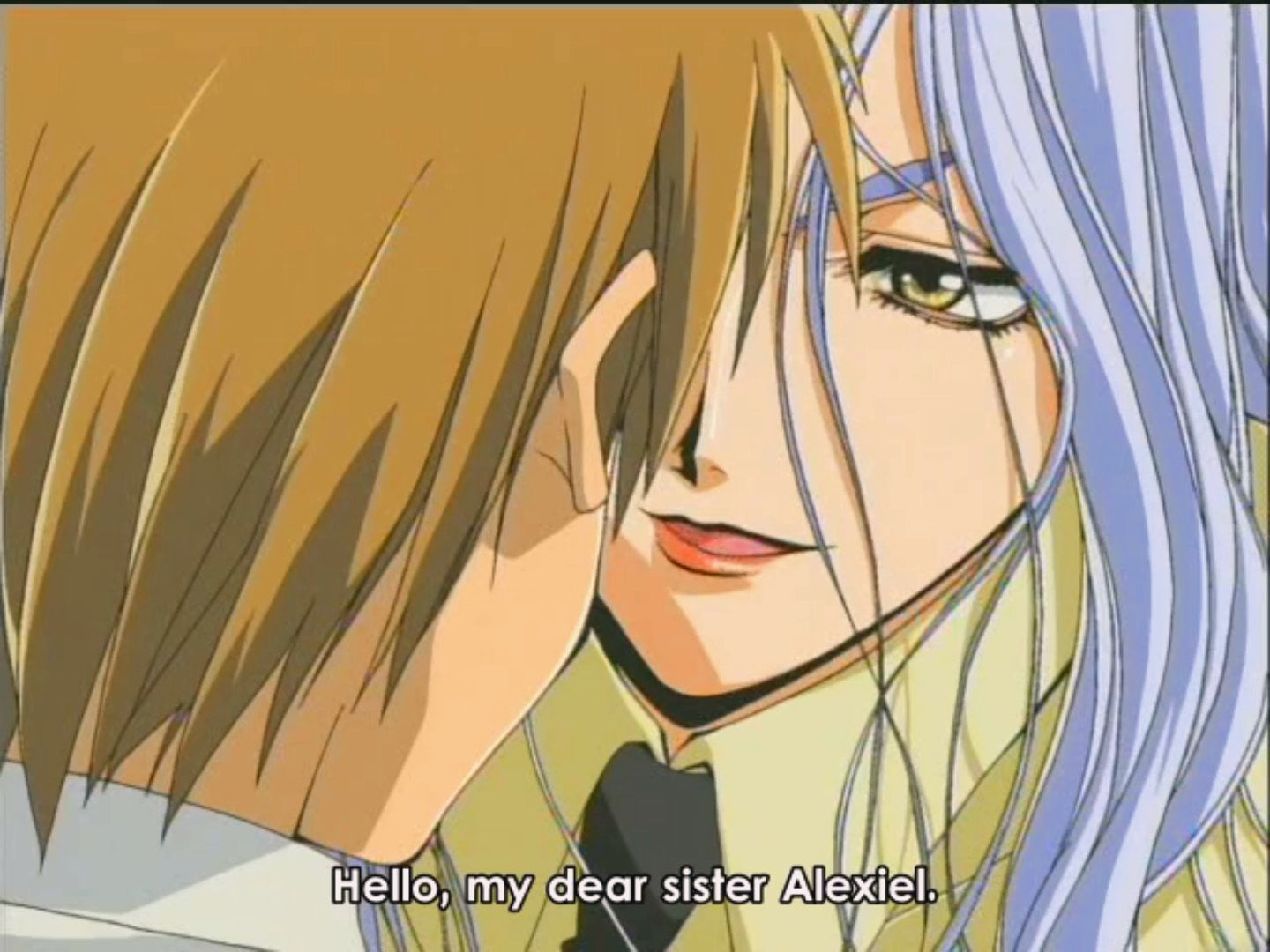
People who want to reveal Setsuna's secret are hunting him, just like in Toshio Maeda's tentacle romp Urotsukidoji: Legend of the Overfiend. The hidden secret is the angel Alexiel—the same Alexiel mentioned above. Alexiel holds a power that, like the Chojin, could level Tokyo to the ground.
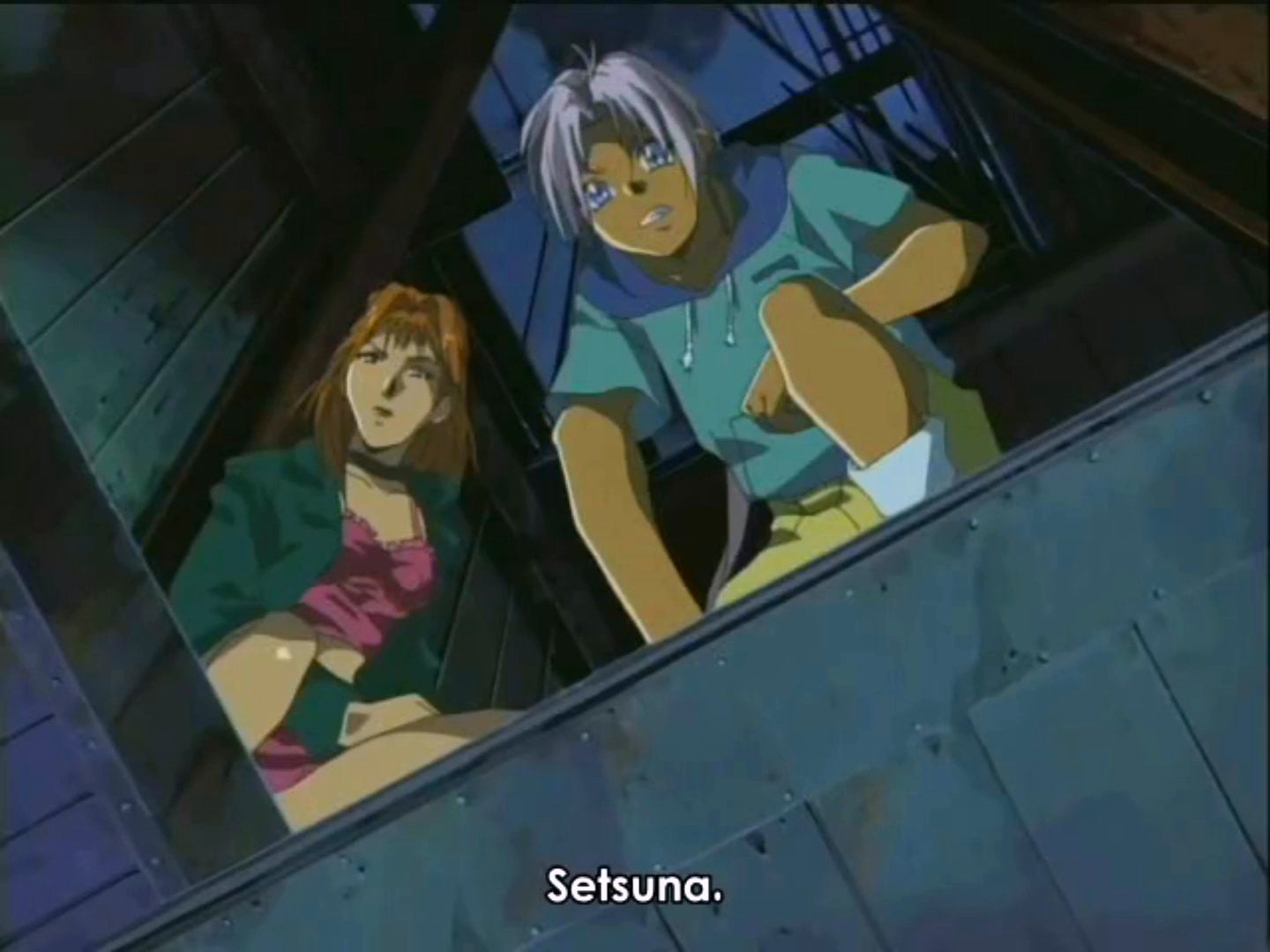
Alexiel is the centerpiece of Angel Sanctuary and the object of mystery and desire. Through her, the primary and supporting characters are developed, and the viewer either pushes forward to reading the manga or blows the anime off as a softcore hentai. This isn’t difficult to do, seeing that so much taboo is thrown about these three short episodes.

Nevertheless, "Angel Sanctuary," a celestial drama filled with angels and demons, undeniably rests on the shoulders of its diverse cast. The protagonist, Setsuna Mudo, is a human teenager struggling with the weighty knowledge that he is the reincarnation of a powerful angel. His inner conflict, in terms of his forbidden affection for his sister Sara and his struggle to reconcile his human existence with his angelic past, makes him a character with profound depth. In Setsuna, we see an everyday teenager confronting uncommon dilemmas, adding relatability despite the supernatural context.
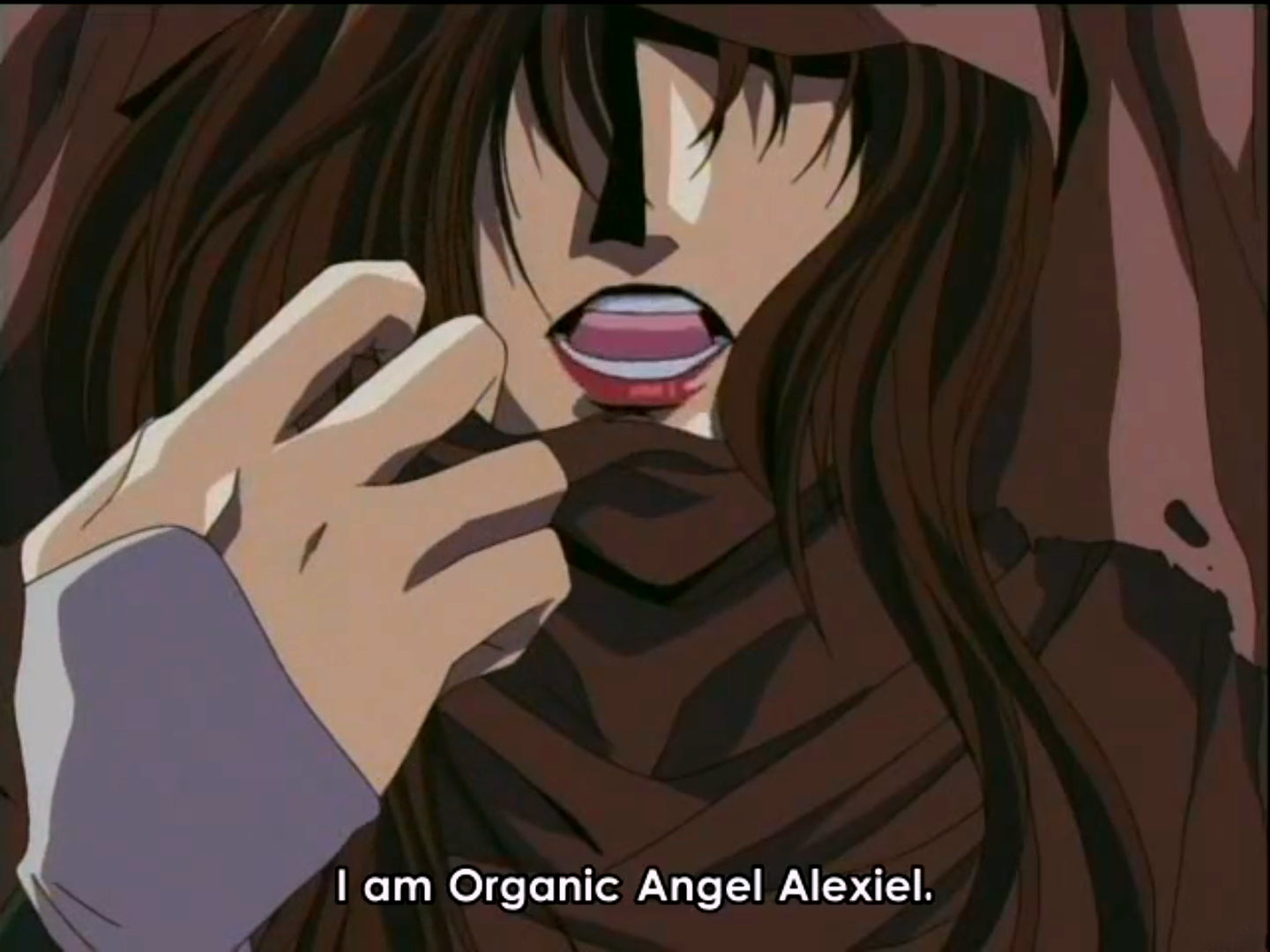
Notably, neither he nor Sara plunge wholeheartedly into the forbidden territory. Their parents' separation has forced the two siblings to live apart. Sara lives with her mother, who despises her son and does everything she can to keep the two apart. It is presumed that she is cognizant of the influence bestowed upon him and their incestuous attraction towards each other and endeavors to separate them; aside from a monthly gathering that the siblings partake in, their encounters are infrequent.
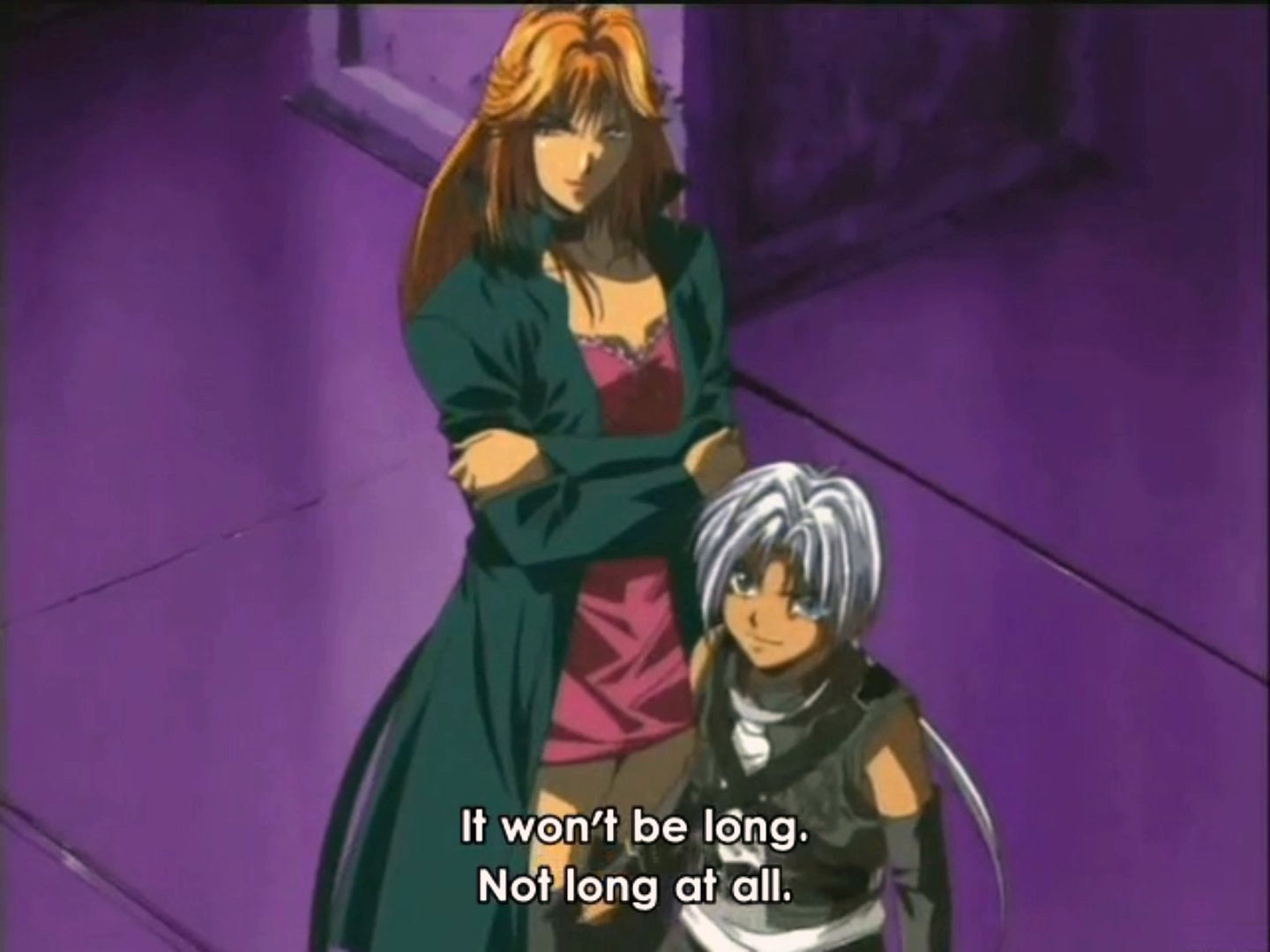
Because of their separation, Setsuna is more of a recluse with a penchant for getting into trouble. On the other hand, Sara is presented as a model student who is personable and well-liked, though not slow to slap a face or two. She is outright beautiful, as shown in the anime and manga; however, the manga takes this a step further when Ruri becomes attracted to Setsuna and wants Sara to help her win his affection, only to feel betrayed when, during an accident, Setsuna instinctively saves Sara instead of her.
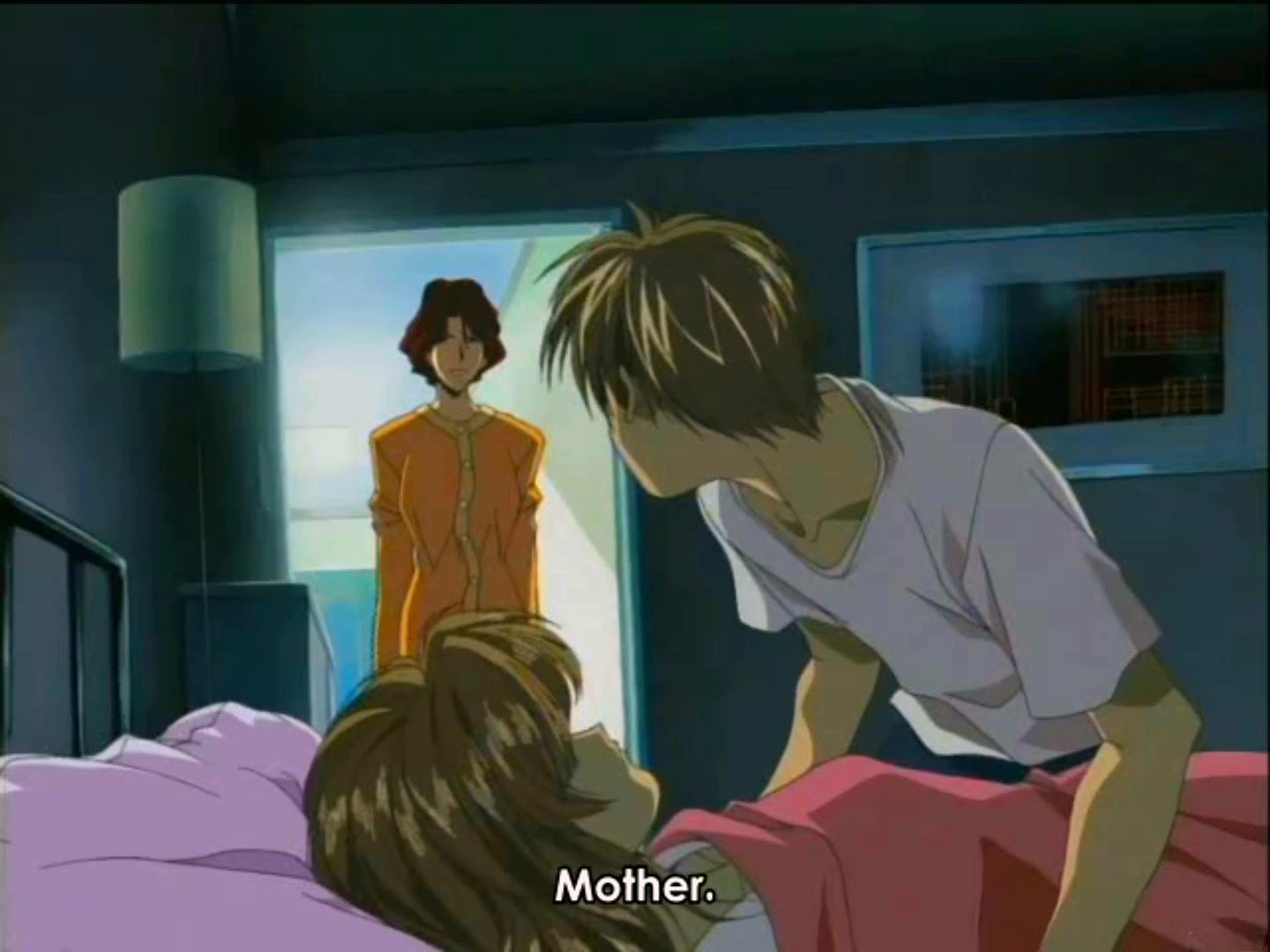
This chain of events is an important piece that should have been included in the anime, as it gives a new meaning to Angel Sanctuary and how Katan, using black magic, freed the power-hungry Rosiel, who craves the attention and admiration of his sister Alexiel. Rosiel is an angel who plays a vital role throughout the anime and harbors a maddening affection for his sister, as she is the only one to deny his beauty.
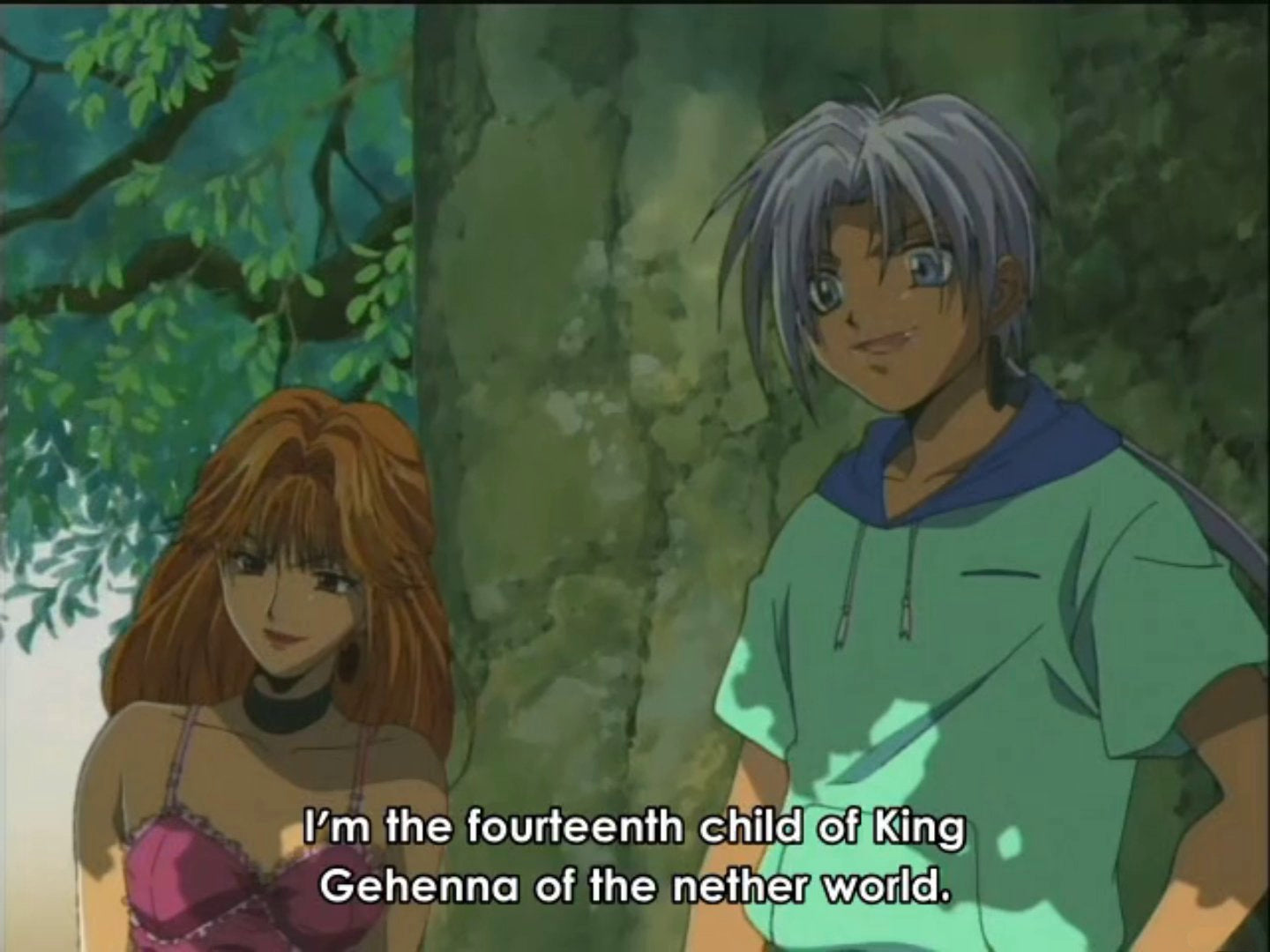
The remaining characters, Kurai, Arachne, and Kira, all receive varying degrees of treatment, though not to the extent of their treatment in the manga. It should be noted that within the side notes of the manga, Kaori Yuki notes that Kira and Setsuna were two of her favorite characters. I guess even the mangaka found her creations sexy. On the flip side, she was not a fan of Rosiel. He had that pretty boy swag that was popular in anime at the time.

Rosiel, like many of his type, could be very masculine or feminine when needed, as seen when he would lash out at Katan. The tortured soul trope was strong with this type.
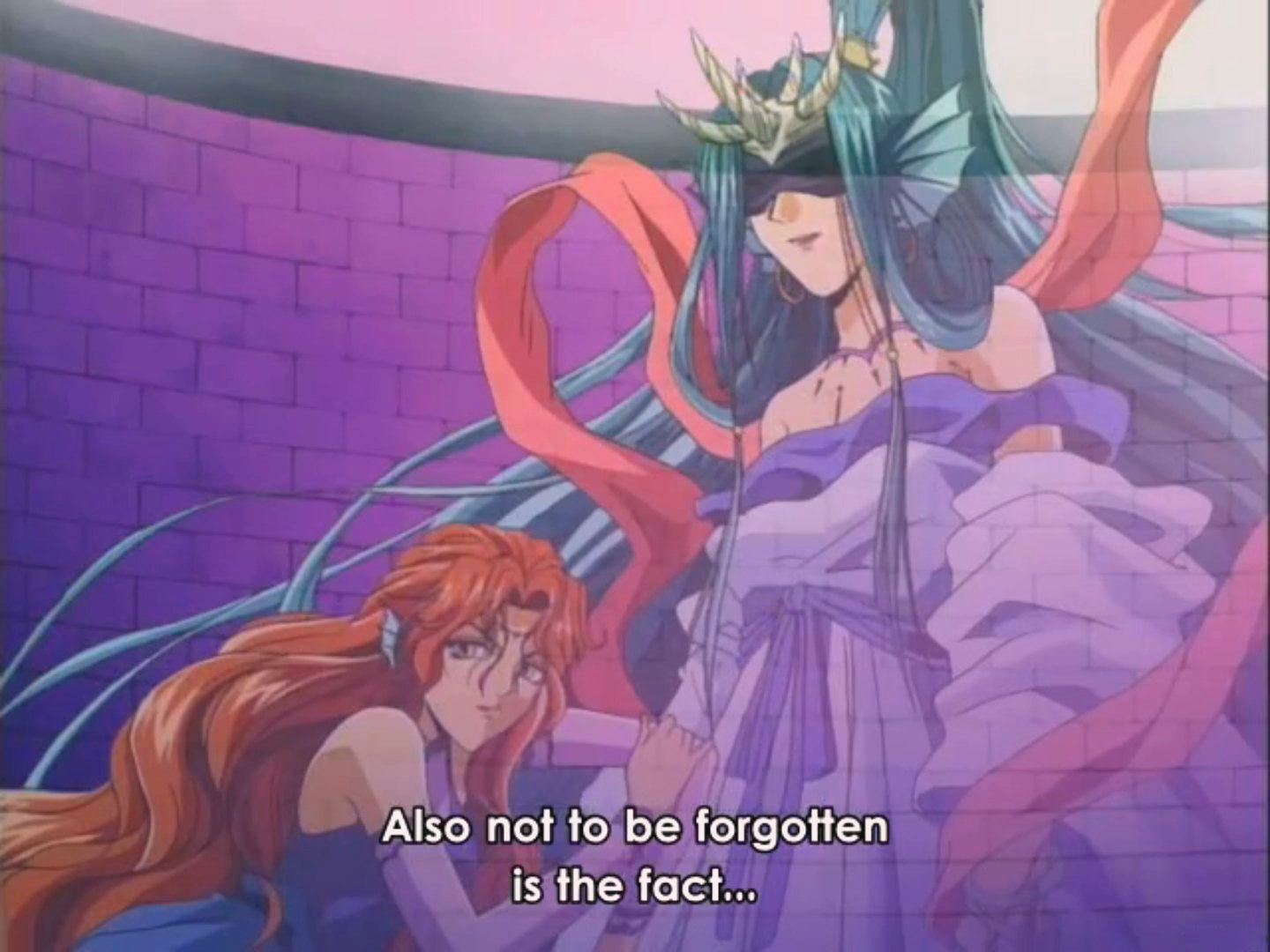
Like many, the cover art drew me to the anime. The animation and artwork in "Angel Sanctuary" draw you into its visual world. The series debuted in 2000 and stands out for its vivid, detailed imagery. The artwork propels the narrative forward, adding emotional depth to the story while creating an unforgettable visual landscape.
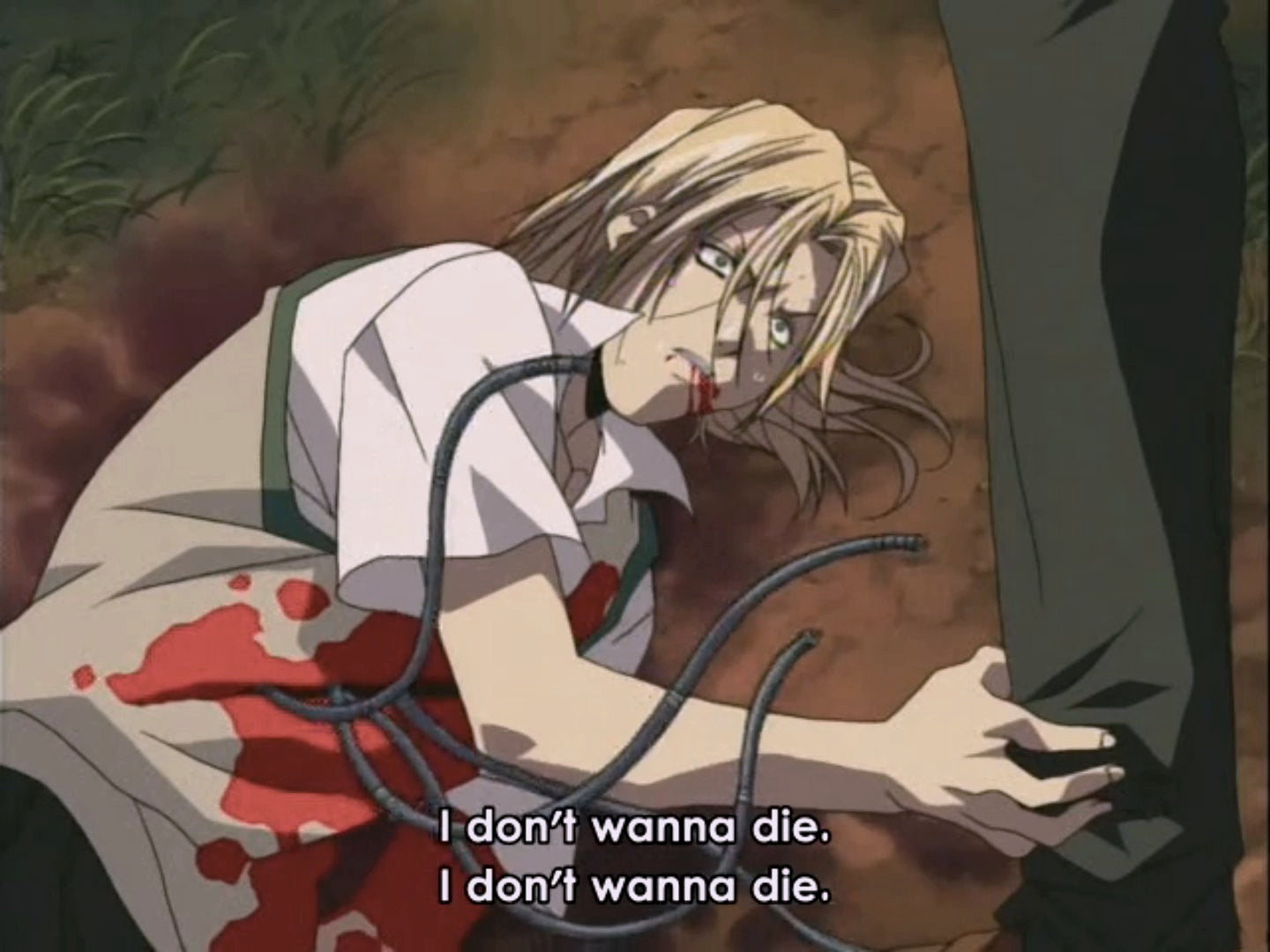
The quality of the animation is good for its time, and the gothic style is the show's defining characteristic. Each frame's exquisite craftsmanship vividly depicts an angelic and demonic world. The show's backgrounds and settings are meticulously detailed to immerse viewers further in Setsuna's otherworldly adventure.
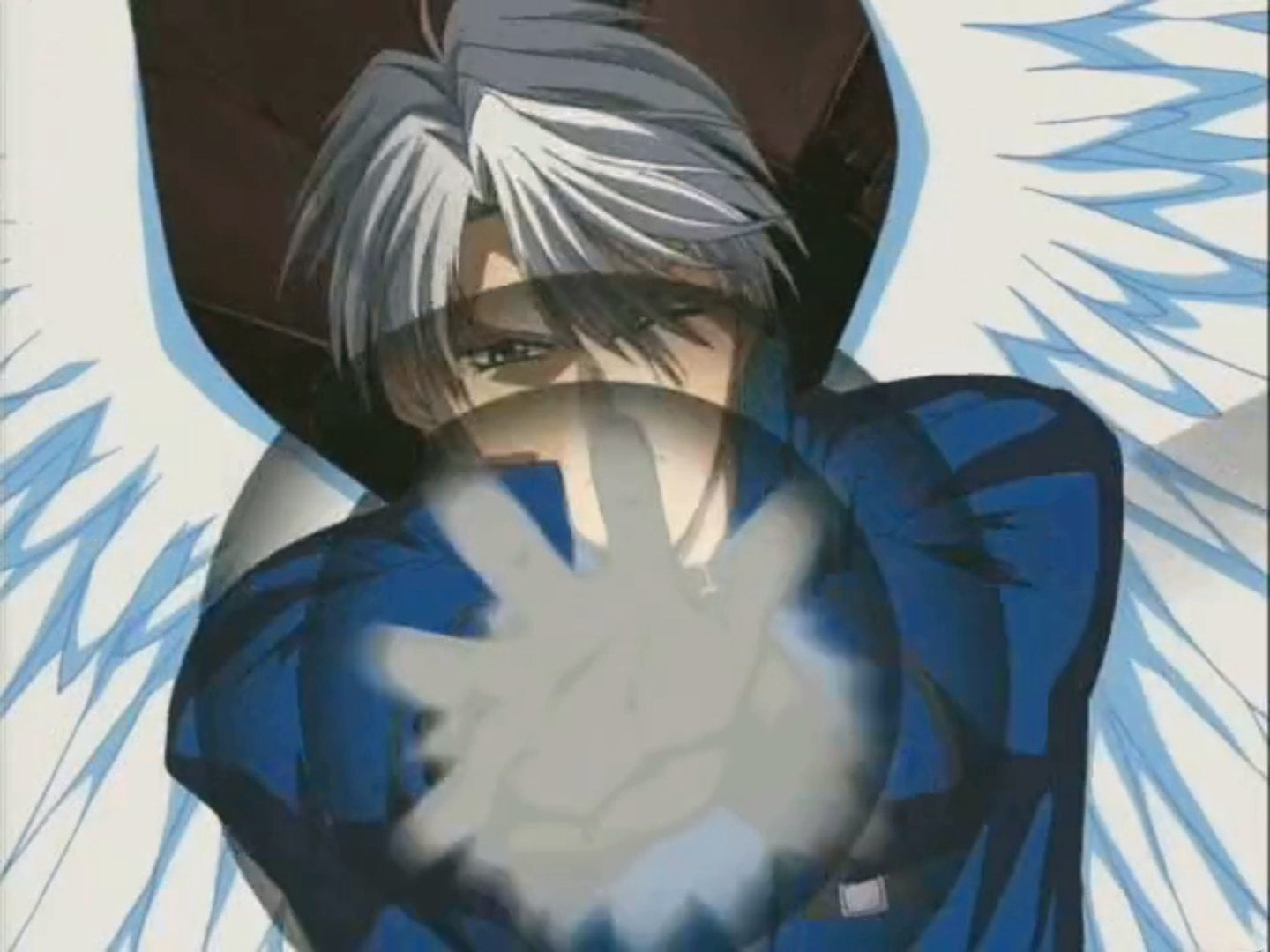
As we transition from the visual to the audible, consider the importance of music and voice acting in Angel Sanctuary. The unique score of the anime adds another layer of immersion to the whole viewing experience, matching the complexity and fascination of the plot. Debuting on August 23, 2000, the symphonic realm of Angel Sanctuary was a captivating assortment of musical compositions expertly conducted by Hikaru Nanase, Yayoi Yula, and Phi.
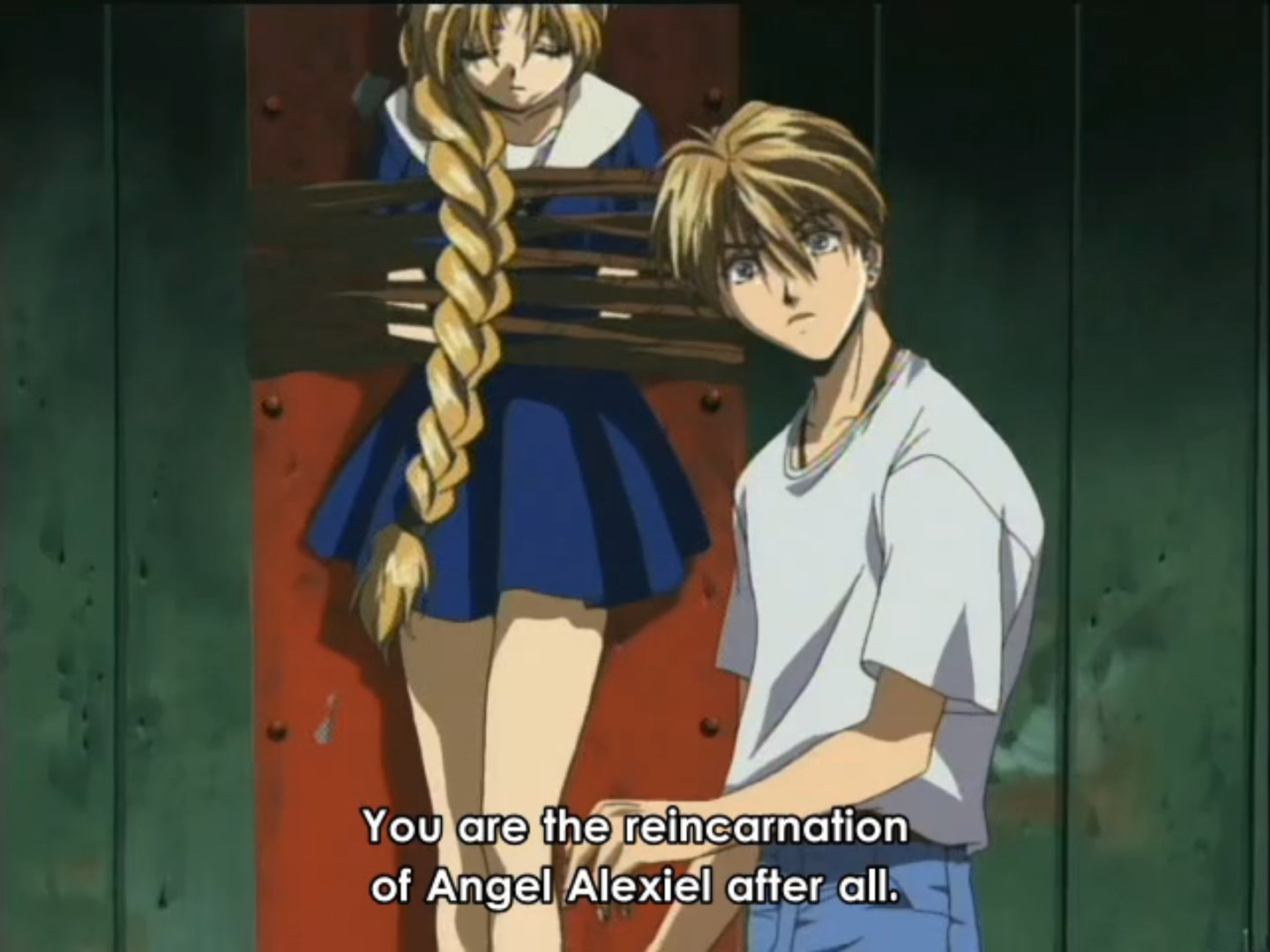
Songs like "Roshieru to Katan no Kizuna" and "Saigo wa Tenshi to Kiku Shizumu Sekai no Hane no Kioku" adorn this aural tapestry, which tells a story through ethereal melodies and detailed instrumental articulations. These musical masterworks expertly capture the anime's heavenly beauty and existential crises.

The introductory theme, "Messiah," acts as an ethereal overture, immersing the audience in the supernatural tapestry of Angel Sanctuary. This composition, an exquisite fusion of orchestral majesty and electronic resonance, echoes the anime's central motifs of amour, self-sacrifice, and redemption. It prepares the viewer for an odyssey through a cosmos of angelic beings, demonic entities, and intricate moral conundrums.
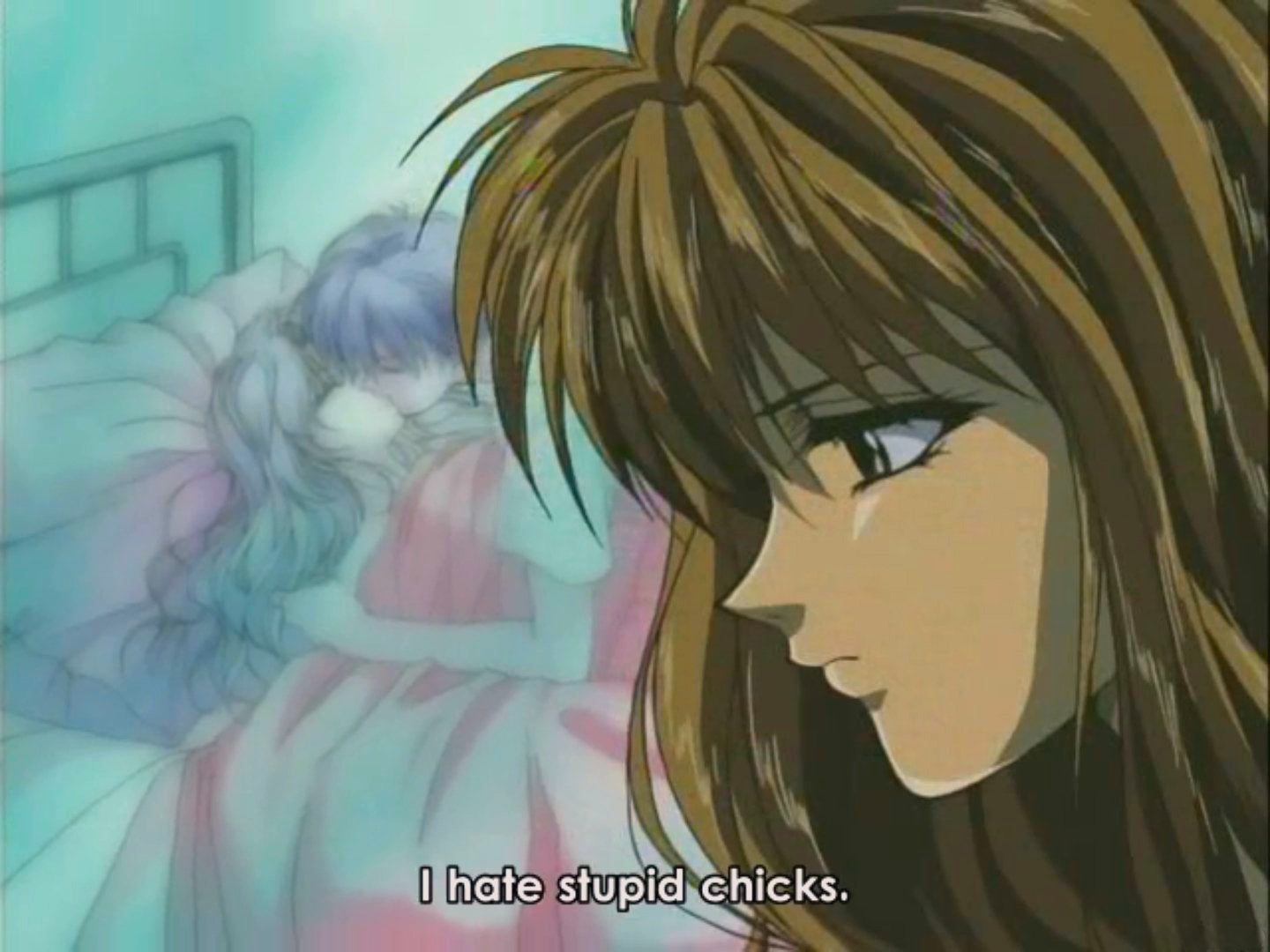
"Angel Sanctuary" transcends mere aesthetic allure, delving into a labyrinth of profound themes and societal reflections. Central to its narrative is exploring a taboo yet poignant amour: the intense bond between Setsuna Mudo and his sister Sara, a relationship steeped in divine ire, madness, and remorse. Manga virtuoso Kaori Yuki intricately portrays this liaison not as a mere shock tactic but as a study of forbidden affection's torment.
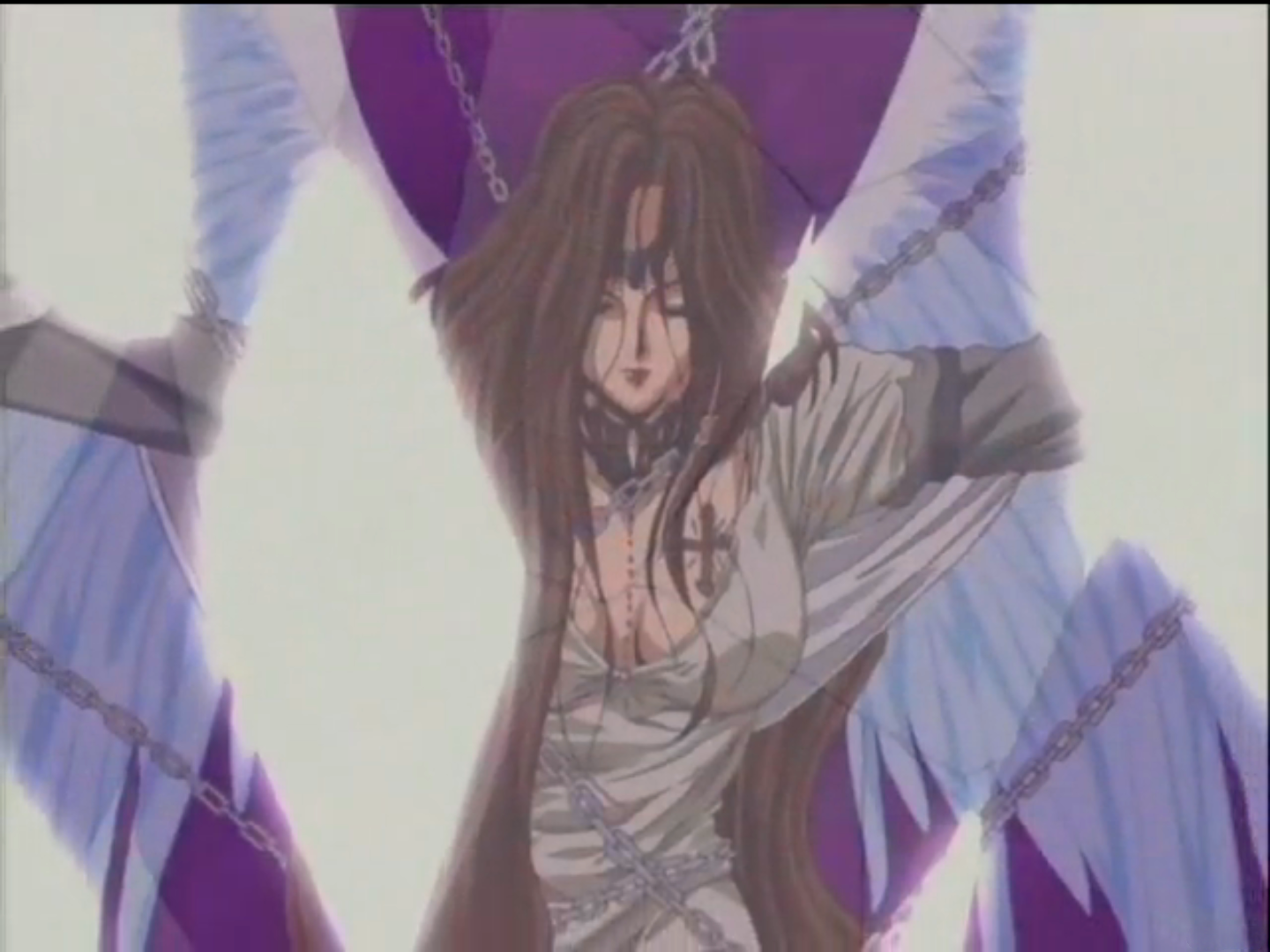
The show's portrayal of angels and demons challenges conventional views of good and evil astoundingly subversively. On the one hand, we see imperfect, flawed celestial beings; on the other, we see demonic figures portrayed as sympathetic and understanding. This nuanced portrayal gives these supernatural beings a human quality by showing their emotions and motivations in a way similar to mortals.
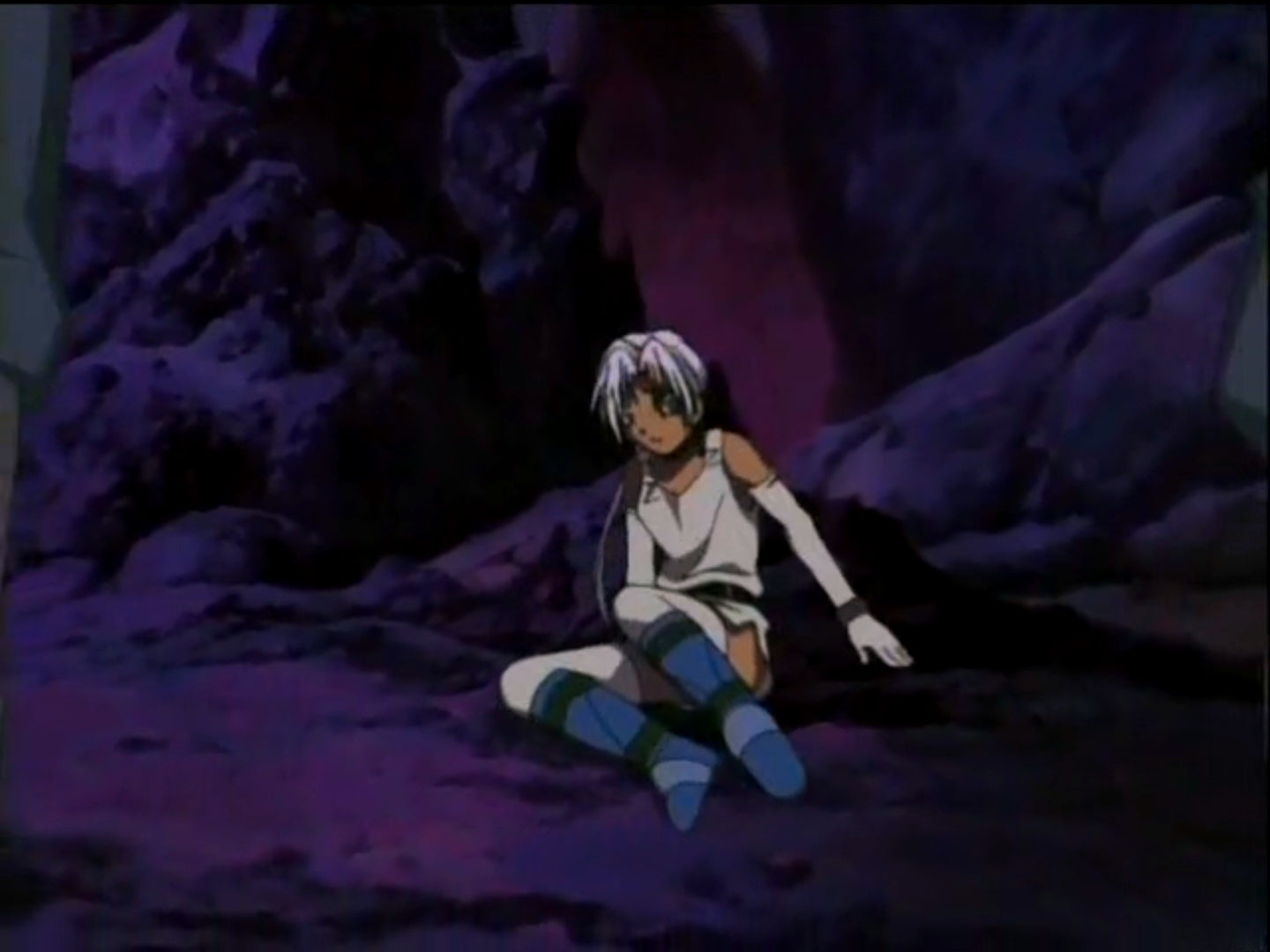
Beyond its fantastical elements, Angel Sanctuary delves deeply into the human condition, weaving themes of unconditional love, human nature, and the quest for acceptance into its narrative. Yuki embeds her tale with environmental commentary, portraying the Evils as victims of angelic schemes and human-induced ecological devastation. Gehenna was destroyed in this very manner. This interplay of themes provokes contemplation of the balance between technological advancement and environmental preservation.
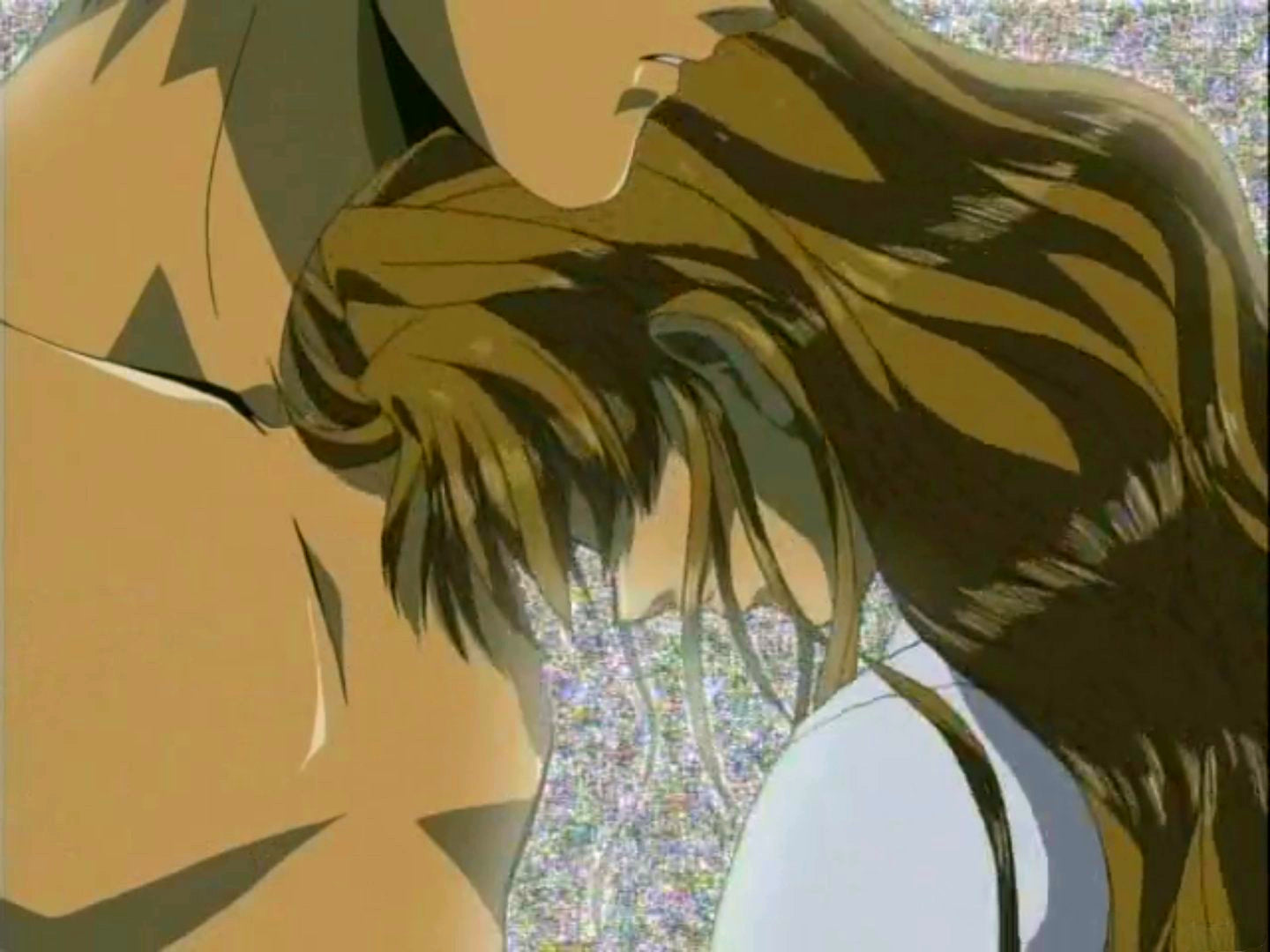
The series' themes and complex character tapestry leave an imprint. While this anime is a siren call to "Ceres Celestial Legend" or "Elfen Lied," the call to mature audiences who appreciate philosophical depth is, unfortunately, better realized by reading the manga.
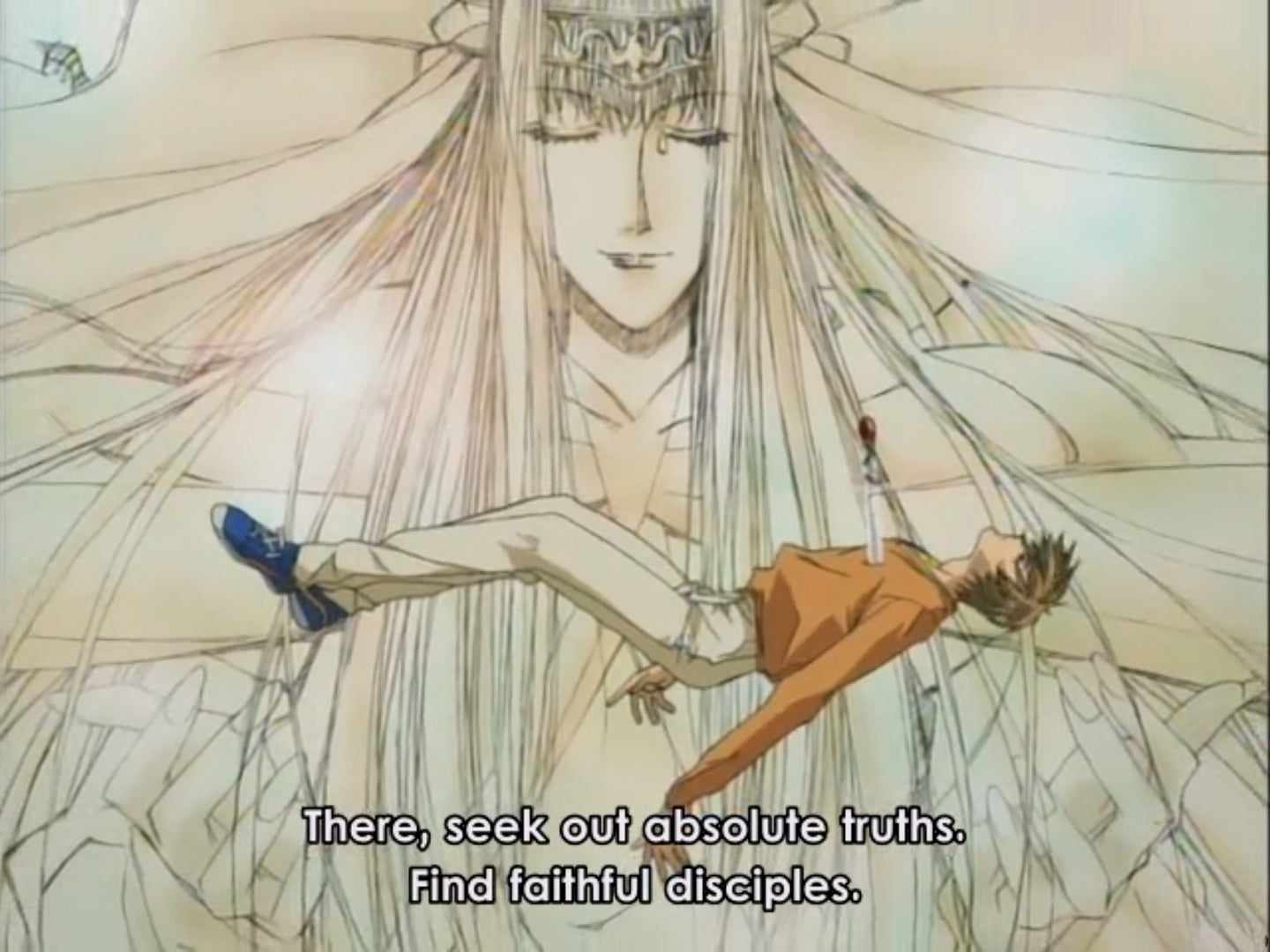
The manga promises an experience that will pull you in and make you think. Putting that aside, you cannot deny the anime's strengths, artistic value, or exploration of themes. However, you can disagree with how fast it moves and how the characters change. This series opens up the world of Shoujo. This genre deserves a second look because it focuses on relationships and emotions between people, has characters that do not fit traditional gender and sexuality roles, and shows supernatural and paranormal things.
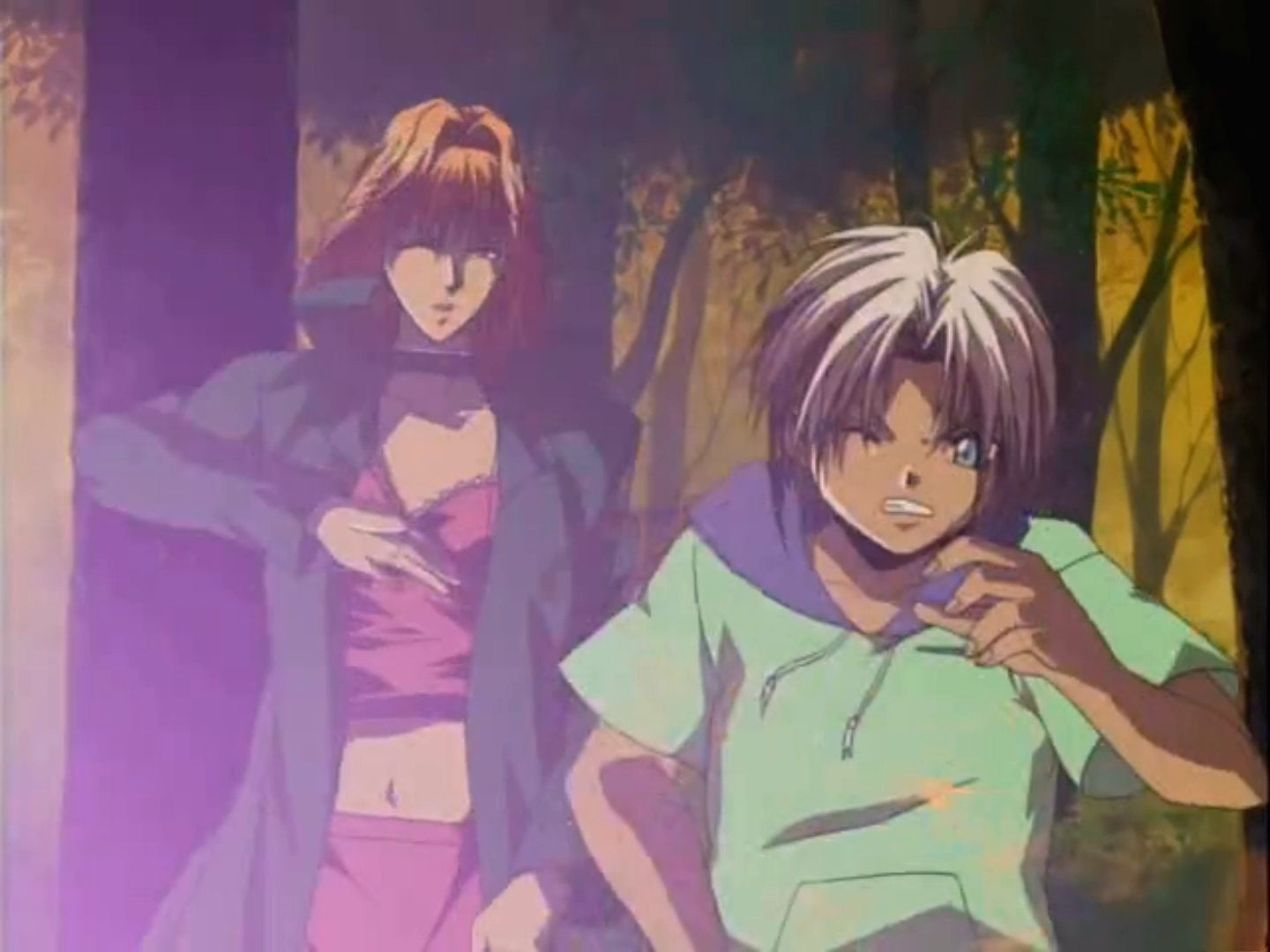
Please Like, Comment, Share or click one of the links below to read another post.
https://pinnedupink.com/blogs/random-thoughts-because-mondays-suck
https://pinnedupink.com/blogs/on-screen
https://pinnedupink.com/blogs/flashbacks
Image links: (unlisted photos are personal screencaps)
